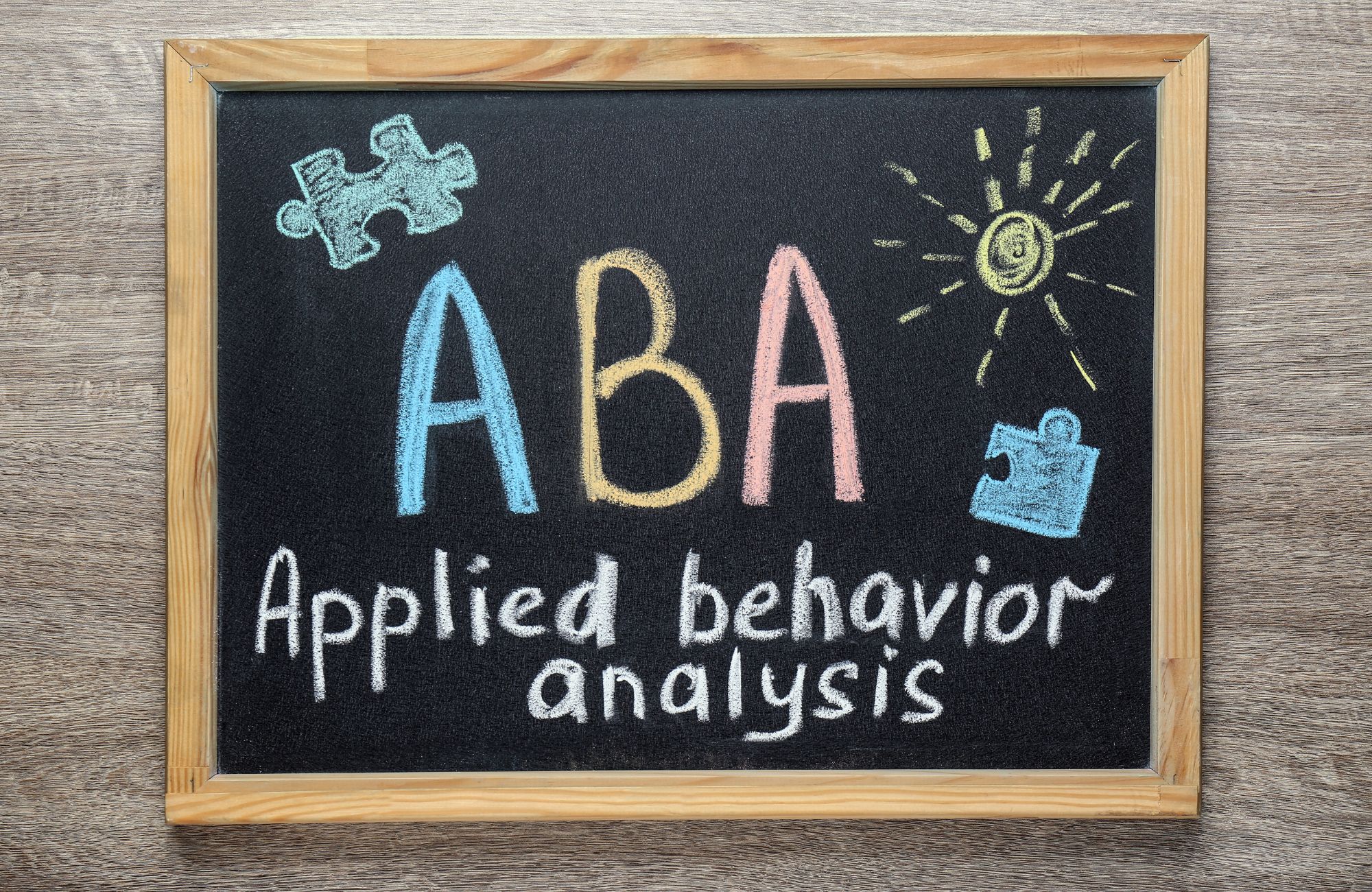Autism vs ADHD: Understanding the Differences, Similarities, and Overlaps
Autism vs ADHD is a common topic of discussion, as both are neurodevelopmental conditions that affect how people think, behave, and interact with the world. While they can share some overlapping traits, such as challenges with attention and social interaction, they are distinct in how they present and what support is needed. Some individuals may show signs of both conditions, making it important to understand their unique features and where they overlap. Gaining this understanding can lead to more accurate diagnoses and better support for individuals and their families.
What is Autism Spectrum Disorder?
Autism spectrum disorder (ASD) is a complex neurodevelopmental condition characterized by persistent challenges in social communication and interaction, along with restricted and repetitive behaviors, interests, or activities. According to the Diagnostic and Statistical Manual of Mental Disorders (DSM-5), autism spectrum disorder encompasses conditions previously known as autistic disorder, Asperger’s syndrome, childhood disintegrative disorder, and pervasive developmental disorder not otherwise specified.
The “spectrum” in autism spectrum disorder refers to the wide range of symptoms, skills, and levels of disability that people with autism can have. Some autistic individuals need minimal support in their daily lives, while others may require significant assistance.
Key characteristics of autism include:
- Difficulties with social communication and interaction
- Restricted, repetitive patterns of behavior, interests, or activities
- Sensory sensitivities or unusual responses to sensory input
- Preference for routines and resistance to change
- Intense focus on specific interests
- Challenges with understanding nonverbal communication
Autism typically appears in early childhood, with signs often recognizable before age 3, though some individuals may not receive a diagnosis until later in life, particularly those with more subtle presentations.
What is Attention Deficit Hyperactivity Disorder (ADHD)?
Attention deficit hyperactivity disorder (ADHD) is a neurodevelopmental condition marked by persistent patterns of inattention, hyperactivity, and impulsivity that interfere with functioning or development. These behaviors are typically more frequent and severe than what’s observed in individuals at a comparable level of development.
According to the American Psychiatric Association, ADHD affects approximately 8.4% of children and 2.5% of adults. It is diagnosed more frequently in males than females, though this gap may reflect diagnostic biases rather than true prevalence differences.
The DSM-5 recognizes three presentations of ADHD:
- Predominantly inattentive presentation: Difficulty sustaining attention, following through on tasks, and organizing activities; easily distracted; forgetful in daily activities
- Predominantly hyperactive-impulsive presentation: Fidgeting, excessive talking, difficulty staying seated, interrupting others, acting without thinking
- Combined presentation: Meeting criteria for both inattentive and hyperactive-impulsive presentations
ADHD symptoms must be present before age 12 for a diagnosis, though many adults may only recognize their symptoms later in life.
Key Differences Between Autism and ADHD
Attention and Focus Patterns
One of the most notable differences between autism and ADHD involves how attention and focus manifest in each condition.
In autism:
- Individuals often demonstrate intense focus on specific topics or interests
- May display exceptional concentration and persistence when engaged in preferred activities
- Might have difficulty shifting attention from one task to another
In ADHD:
- Individuals typically have difficulty sustaining attention on any single task
- Attention tends to be inconsistent rather than selectively focused
- Often seek novelty and stimulation
- May hyper-focus occasionally but generally have trouble maintaining concentration
For example, an autistic child might spend hours meticulously arranging toys in a specific pattern without losing focus, while a child with ADHD might start multiple play activities without completing any of them.
Communication and Social Interaction
Communication differences represent another significant distinction between the two conditions.
Autism-related communication traits:
- Fundamental challenges in understanding social dynamics and reciprocal communication
- Difficulty interpreting nonverbal cues, facial expressions, and social context
- May avoid eye contact or find it uncomfortable
- Often take language literally and struggle with idioms or figurative speech
- Social difficulties stem from underlying differences in processing social information
ADHD-related communication traits:
- Social challenges typically result from impulsivity and inattention rather than social comprehension
- May interrupt conversations or struggle to wait their turn to speak
- Might miss social cues due to inattention rather than difficulty interpreting them
- Often talkative, sometimes excessively so
- Social difficulties often stem from impulsive behavior or not paying attention to social dynamics
In social settings, an autistic person might stand apart from the group due to uncertainty about how to engage, while someone with ADHD might join enthusiastically but interrupt conversations or miss important social nuances due to inattention.
Routine, Structure, and Novelty Seeking
The relationship between routine and structure represents another fundamental difference between autism and ADHD.
Autism:
Individuals with autism often show a strong preference for sameness and predictability in their daily lives. They may develop specific routines or rituals that provide a sense of comfort and stability. When these routines are disrupted, it can cause significant distress, making transitions and unexpected changes particularly challenging.
ADHD:
Individuals with ADHD typically seek novelty and stimulation, often becoming bored quickly with repetitive tasks or familiar environments. While they may benefit from structure, they often dislike strict routines and may struggle to stick with them consistently. This need for variety can impact focus and task completion.
A child with autism might insist on taking the exact same route to school each day and become upset if forced to deviate, while a child with ADHD might welcome a different route as an exciting change.
Shared Characteristics and Overlaps
Executive Functioning Challenges
Both autism and ADHD can cause significant challenges with executive functioning, which includes skills like planning, organization, time management, working memory, and task initiation. Individuals may struggle to prioritize tasks, stay organized, estimate time, or follow through on activities. While these difficulties appear in both conditions, they often stem from different causes. In ADHD, executive function challenges are typically linked to issues with attention and impulse control, while in autism, they may arise from difficulties with flexibility, processing speed, or managing transitions.
Emotional Regulation and Rejection Sensitivity
Both conditions frequently involve challenges with emotional regulation, though these difficulties may stem from different sources. Common emotional regulation challenges are:
- Intense emotional responses to frustration
- Difficulty calming down once upset
- Rejection sensitivity and heightened response to perceived criticism
- Challenges in modulating emotional expression
In autism, emotional regulation difficulties often relate to sensory overwhelm, anxiety about change, or communication frustrations. In ADHD, they may stem from impulsivity, frustration with attention-related failures, or sensitivity to rejection.
Understanding Co-occurrence (AuDHD)
What is AuDHD?
The term “AuDHD” is used to describe individuals who have both autism and ADHD. Before 2013, the DSM did not allow for a dual diagnosis, but research now shows these conditions frequently co-occur. Studies suggest about 21 percent of children with ADHD also meet the criteria for autism, and 28 percent of autistic children also meet the criteria for ADHD. Many others show traits of both without meeting full diagnostic criteria, pointing to possible shared genetic, neurological, and developmental factors.
Unique Challenges of Having Both Conditions
Individuals with both autism and ADHD often describe feeling like “walking contradictions” with competing internal needs and tendencies. Common experiences of people with AuDHD include:
- Internal conflict between the autistic need for routine and the ADHD desire for novelty
- Heightened sensory sensitivities combined with sensory seeking
- Intense focus on special interests but difficulty sustaining attention to necessary tasks
- Strong desire for social connection paired with social communication challenges
As one individual with AuDHD described: “Being AuDHD sometimes feels like I’m a walking contradiction. I can become preoccupied with an activity, only to lose interest within days, or end up forgetting to meet my basic needs if the hyperfixation becomes all-consuming. It’s not all negative though—for me, AuDHD also means excelling in areas of interest and being incredibly empathetic.”
Diagnosis and Support
Assessment Process
An accurate diagnosis of autism, ADHD, or both requires a comprehensive evaluation by qualified professionals. This usually involves reviewing developmental history, observing behavior in different settings, using standardized tests, and ruling out other medical conditions. Input from parents, teachers, and caregivers is also important. For adults, the process may include self-report questionnaires and looking back at childhood behaviors to better understand lifelong patterns.
Treatment and Support Approaches
For Autism:
- Applied Behavior Analysis: ABA therapy supports skill development, encourages positive behaviors, and reduces behaviors that interfere with learning and daily life
- Behavioral interventions focusing on social communication: Help improve conversational skills, understand social cues, and build meaningful relationships
- Speech and language therapy: Enhances communication by targeting speech clarity, language comprehension, and expressive language skills
- Occupational therapy for sensory integration: Helps manage sensory sensitivities and improve motor skills, coordination, and daily functioning
- Social skills training: Teaches appropriate social behaviors, including turn-taking, empathy, and understanding social rules
- Educational accommodations: Provide support in school settings through modified instruction, extended time, visual aids, and personalized learning strategies
For ADHD:
- Behavioral strategies for organization and focus: Help build routines, improve attention, and manage distractions in daily tasks
- Medication (stimulant and non-stimulant options): Supports focus, impulse control, and activity levels, often as part of a broader treatment plan
- Educational accommodations: Provide classroom support such as flexible seating, extra time, and individualized instruction to enhance learning
- Cognitive-behavioral therapy: Addresses emotional regulation, impulsivity, and negative thought patterns through structured, goal-oriented techniques
- Skills training for executive functions: Strengthens planning, time management, organization, and task completion abilities
For Co-occurring Conditions:
- Integrated treatment approaches addressing both sets of needs
- Careful medication management
- Comprehensive behavioral supports
- Structured environments with flexibility for both routine and novelty
- Sensory-friendly adaptations
Conclusion
Understanding the differences and overlaps between autism spectrum disorder and ADHD is essential for accurate diagnosis and effective support. While these neurodevelopmental conditions can share similar traits, autism remains a distinct condition with unique needs. With the right knowledge and individualized care, those on the autism spectrum, whether or not they also have ADHD, can build meaningful skills, confidence, and independence.
At Affinity ABC, we specialize in providing compassionate, evidence-based support for individuals on the autism spectrum in New Mexico. Whether you’re seeking an autism diagnosis, early intervention, or ongoing developmental support, our experienced team is here to help. We tailor our services to meet each person’s unique strengths and challenges. Reach out today to learn how Affinity ABC can support your child’s growth and success.
FAQs
How to tell if you have ADHD and autism?
Only a qualified healthcare professional, such as a developmental-behavioral pediatrician, can properly diagnose these neurodevelopmental disorders through a comprehensive evaluation that includes developmental history, standardized assessments, and observations across different environments.
What is the difference between ADHD and autism?
The key differences include attention patterns (selective intense focus in autism vs. inconsistent attention in ADHD), communication (autism tends to affect fundamental language skills while ADHD affects conversation flow), and relationship to routine (preference for sameness in autism vs. novelty-seeking in ADHD).
Can ADHD be mistaken for autism?
Yes, both ADHD and autism can be confused with each other because they share overlapping symptoms like social difficulties and executive functioning challenges, which can complicate the ADHD diagnosis or autism diagnosis process without thorough evaluation.
Can treating ADHD reveal autism?
Yes, sometimes ADHD medication and behavioral interventions can make previously masked autism traits more apparent, as treating the more obvious symptoms may reveal underlying issues that represent additional risk factors for developing other mental health conditions.









